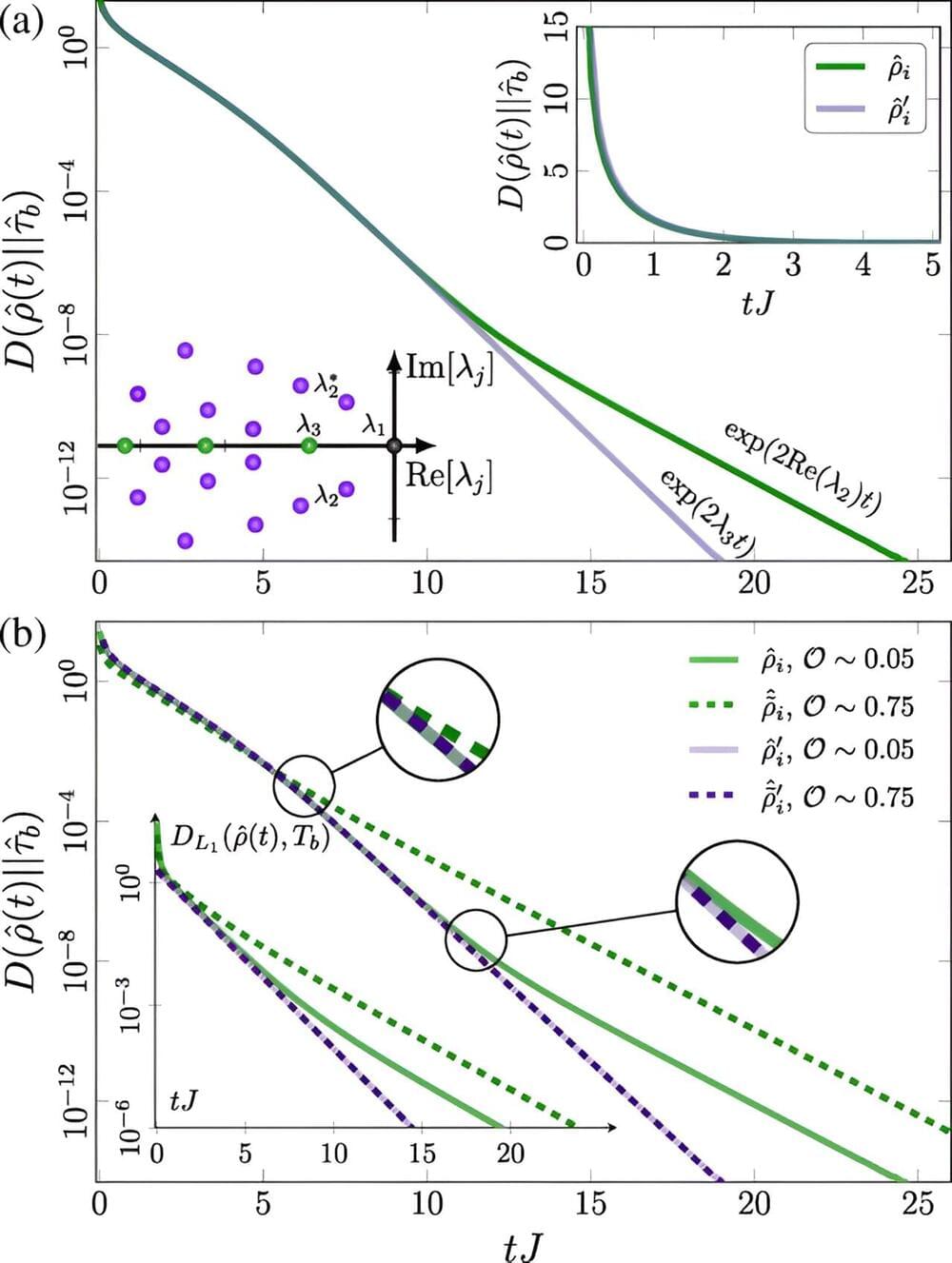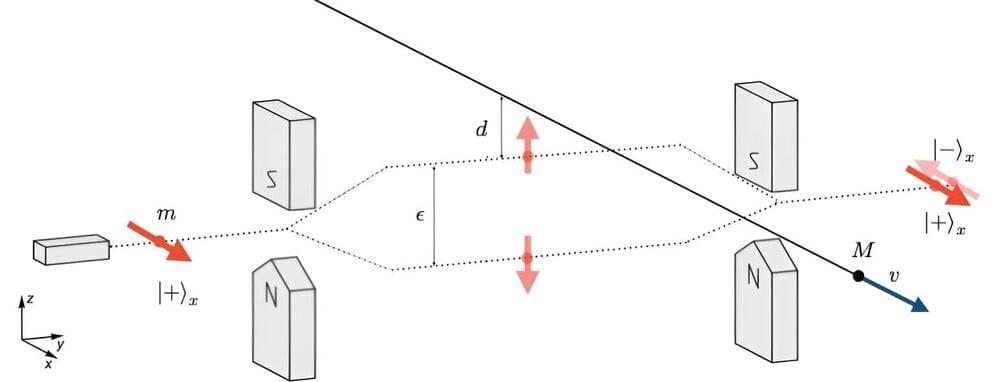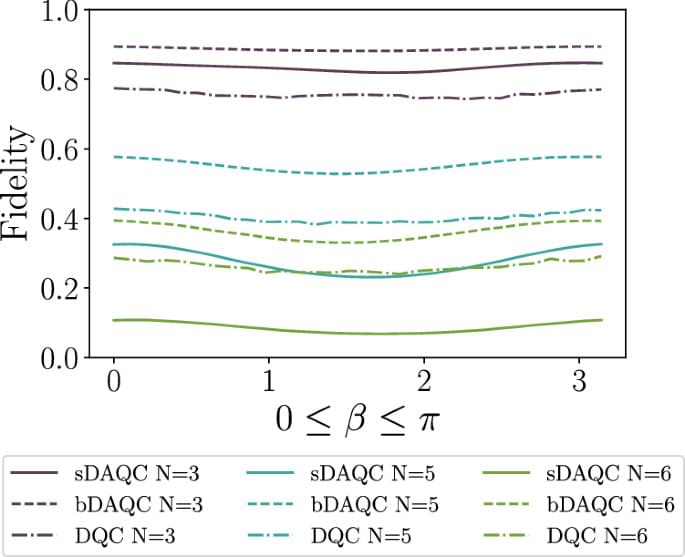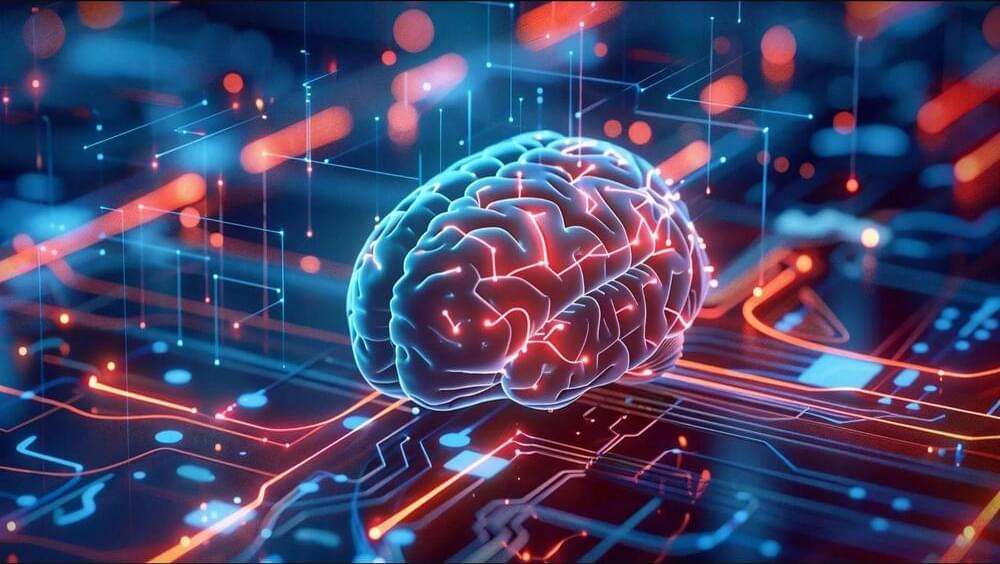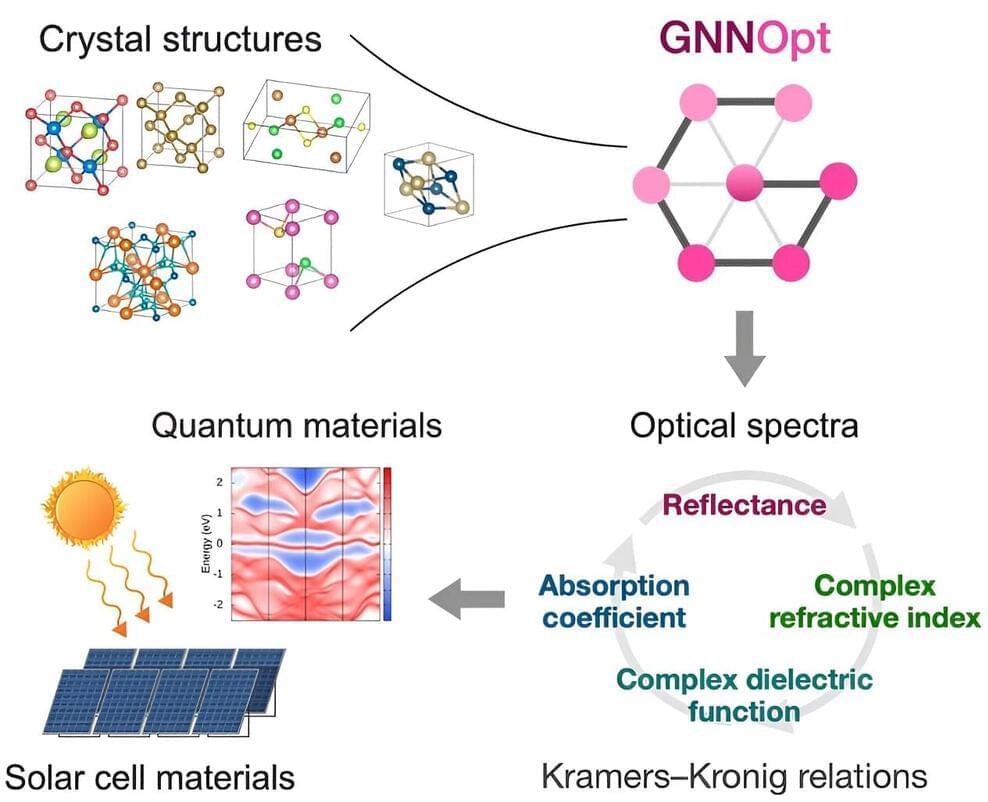Oct 9, 2024
Scientists Detect the Quantum “Kick” From a Single Nuclear Decay
Posted by Genevieve Klien in categories: particle physics, quantum physics
Scientists have devised a method to detect nuclear decay through the subtle movement of microparticles, enhancing our understanding of elusive particles like neutrinos.
This breakthrough paves the way for improved nuclear monitoring tools and could be enhanced by future quantum technologies.
Radioactivity is all around us, even in everyday items. For example, bananas contain trace amounts of radioactive potassium, with approximately 10 nuclei decaying every second in a typical banana. While these tiny amounts of radioactivity are not dangerous, there is growing scientific interest in enhancing the precision of tools for detecting such nuclear decays.


